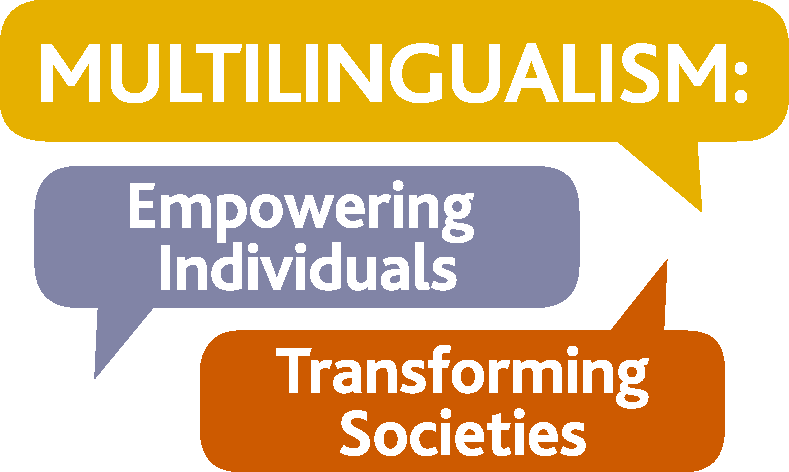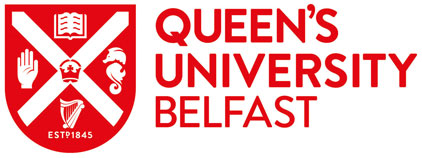The 5th of February may have passed you by unnoticed this year, but if you ever happen to be in Finland around this date, you definitely can’t miss it. In Finland, the 5th February is Runeberginpäivä, (Swe. Runebergsdagen) or Runeberg’s day, a celebration of the birth of the Finnish poet J. L. Runeberg, who penned the lyrics to the country’s national anthem. Intriguingly, at least to my newcomer’s eyes, this stalwart figure of Finnish patriotism and icon of the national canon is celebrated by the baking and eating of what I can only describe as some very pink cakes.

Image credit: Ville Koistinen, Wikimedia Commons, CC 3.0 licence
Runeberginstorttu (Fin.) are delicious, almond and rum-laced sponges topped with a dollop of raspberry jam and a swirl of sugar cream, said to be created by the wife of the poet, Frederika. But there’s a bit more mixed into the batter of a Runebergstårta (Swe.) than first meets the eye. If you are ever able to try a Runeberg cake (highly recommended!), you’ll also be taking a bite into an important part of Finland’s linguistic history.
Johan Ludvig Runeberg, born in the coastal city of Jakobstad in 1804, has achieved semi-cult status in Finland thanks to his promotion of national patriotism and his support of the development of a united Finnish identity in the years before the country won independence in 1917. A first language Swedish speaker, as, indeed, the elite minority in Finland were during that time, Runeberg understood that the promotion of Finnish language and literature (which was not an officially recognised at the time, despite being spoken by the population’s majority) was an important means of supporting the Finns’ sisu during the country’s occupation by Russia. His work was closely associated with that of the Turku Romantic Movement (Turun Romantikka), a group of artists also active during this same period. Their most ambitious aim, among others, included encouraging the Swedish-speaking elite to learn and use Finnish. This support gave substantial weight to the rising political movement at the time which called for the language to be given constitutional parity with Swedish. This was eventually achieved in 1863, and the officially bilingual nation we know today was formed.
Alongside Finnish and Swedish, modern Finland also recognises four official minority languages, Saami, Romani, Karelian and Finnish sign language (and some would argue, also English, but that’s another blog post…).
When we talk about multilingualism, of course we refer to language. But important, too, is to bear in mind that a language is always more than just its words. As a case in point, last month saw the celebration of International Poetry Day, a celebration of linguistic diversity in artistic expression and the capacity of languages to capture a common humanity. J. L. Runeberg, certainly, seems to have understood this power.
So, the next time you come upon a Runeberginstorttu (if you’d prefer this to be sooner rather than later, see here), you’ll be celebrating not only the birth of one of Finland’s greatest artists, but also a nation’s multilingualism.
Note: comments are moderated before publication. The views expressed in the comments are those of our users and do not necessarily reflect the views of the MEITS Project or its associated partners.







